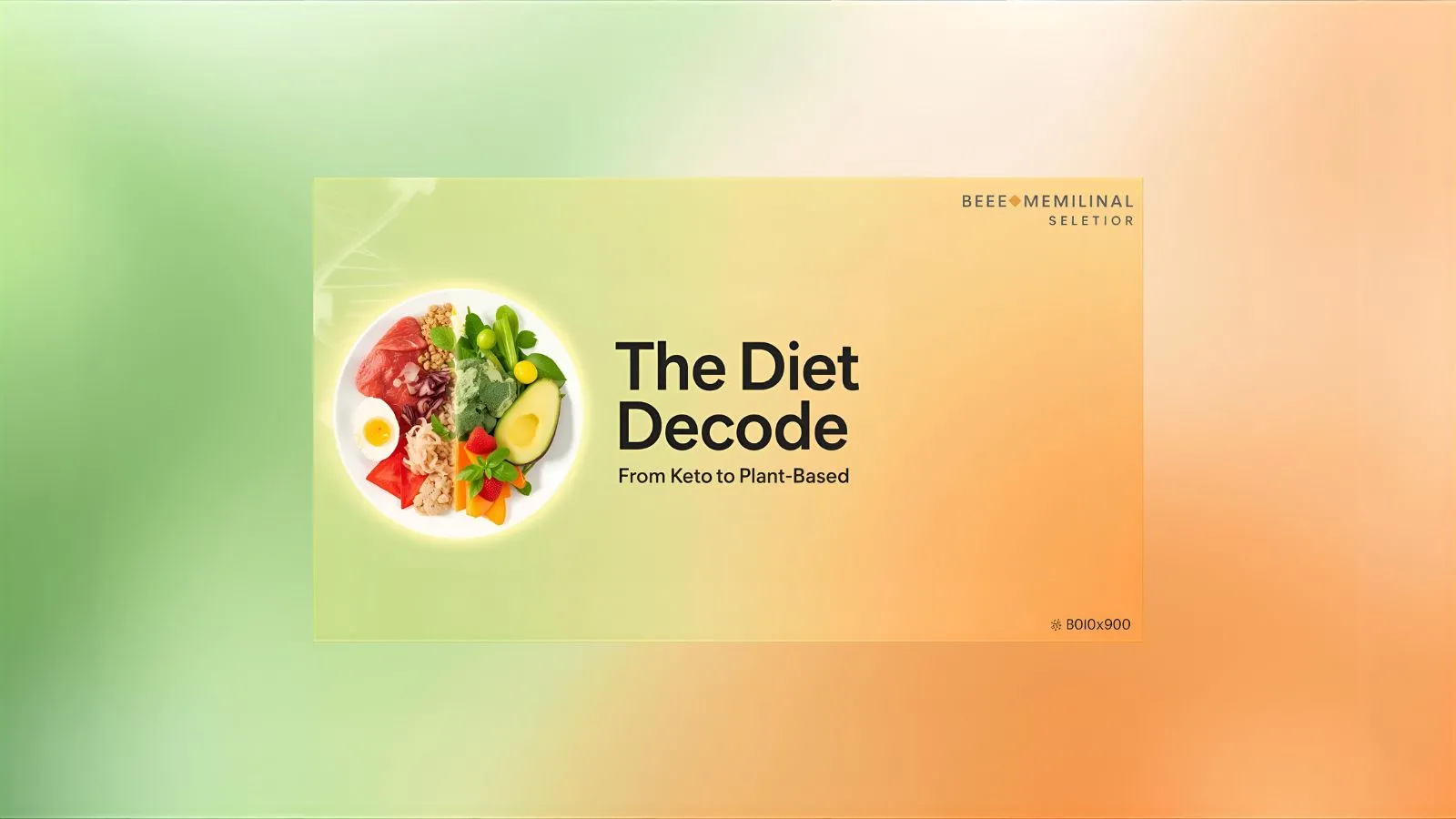If you’ve ever tried to lose weight, gain energy, or simply feel healthier, you’ve probably heard about diets like Keto, Intermittent Fasting, and Plant-Based eating. These diets are some of the most popular in America right now, but they can also feel confusing. Which one is best? Do they actually work? And most importantly—are they sustainable?
The good news is: each of these diets has its own strengths, and choosing the right one depends on your lifestyle and goals. In this blog, I’ll break them down in easy-to-understand, user-friendly language, so you can decide which diet might fit your life best.
Why Diet Matters
Your diet is more than just food—it’s fuel. The way you eat affects your energy, mood, weight, and long-term health. While there’s no one-size-fits-all diet, the key is finding a way of eating that you can enjoy and sustain.
The Keto Diet
What is Keto?
The Ketogenic (Keto) Diet is a low-carb, high-fat eating plan. By cutting down carbs, your body enters a state called ketosis, where it burns fat instead of carbs for fuel.
How it Works:
- Carbs: Very low (5–10% of daily calories)
- Protein: Moderate (20–25%)
- Fat: High (65–75%)
Foods you eat: meat, fish, eggs, cheese, butter, oils, nuts, seeds, and low-carb veggies (like spinach and broccoli).
Foods to avoid: bread, rice, pasta, sugar, and starchy foods like potatoes.
Benefits of Keto:
- Fast weight loss (especially in the beginning)
- Stable energy (no sugar crashes)
- May improve focus and brain health
- Can reduce cravings
Challenges of Keto:
- Can be hard to stick with (missing bread and sweets)
- Risk of nutrient deficiencies if not balanced
- May cause “Keto flu” at the start (fatigue, headaches)
Best For: People who love high-fat foods and want quick weight loss or better energy without carbs.
Intermittent Fasting (IF)
What is IF?
Intermittent Fasting isn’t about what you eat, but when you eat. It’s a cycle of eating and fasting.
Popular Methods:
- 16/8 Method: Fast for 16 hours, eat during an 8-hour window (like noon–8 PM).
- 5:2 Method: Eat normally 5 days a week, restrict calories (500–600) on 2 days.
- Alternate-Day Fasting: Eat one day, fast the next.
Benefits of IF:
- Simple—no calorie counting or food restrictions
- Helps with weight loss by reducing overall calories
- Can improve blood sugar and insulin sensitivity
- May boost longevity and cell repair
Challenges of IF:
- Can be hard at first (hunger, low energy)
- Social events and meal timing can be tricky
- May lead to overeating if not mindful
Best For: Busy people who don’t want to track calories, enjoy flexibility, and want to lose weight or boost health.
Plant-Based Diet
What is Plant-Based?
A Plant-Based Diet focuses mostly (or entirely) on foods from plants: fruits, vegetables, legumes, nuts, seeds, and whole grains. Some people go fully vegan (no animal products), while others include small amounts of animal foods.
Benefits of Plant-Based:
- Supports heart health and lowers cholesterol
- Helps with weight management
- Packed with vitamins, minerals, and fiber
- Environmentally friendly
- May reduce risk of chronic diseases (diabetes, cancer, etc.)
Challenges of Plant-Based:
- Can lack protein if not carefully planned
- May require supplements (like vitamin B12, iron, omega-3s)
- Eating out can be harder
Best For: People who care about health, sustainability, and love plant foods. Great for long-term wellness.
Comparing the Diets
| Diet | Focus | Pros | Cons | Best For |
|---|---|---|---|---|
| Keto | Low-carb, high-fat | Fast weight loss, stable energy | Restrictive, hard to maintain | People who love fatty foods, want fat loss |
| Intermittent Fasting | Eating windows | Simple, flexible, supports weight loss | Hunger, tricky social situations | Busy people, those who don’t like calorie counting |
| Plant-Based | Plant foods | Heart health, long-term wellness, sustainable | Nutrient gaps, needs planning | People focused on health & environment |
Tips for Choosing the Right Diet
- Think Lifestyle – If you love bread, Keto may be tough. If you hate tracking food, IF may be easier.
- Consider Goals – Do you want fast fat loss (Keto), sustainable weight management (Plant-Based), or simplicity (IF)?
- Check Your Health – If you have medical conditions, talk to a doctor before starting a restrictive diet.
- Test & Adjust – You don’t have to stick with one forever. Try it for 30 days and see how you feel.
A Sample Day for Each Diet
Keto Day:
- Breakfast: Scrambled eggs with cheese and avocado
- Lunch: Grilled chicken with spinach salad (olive oil dressing)
- Snack: Nuts & cheese
- Dinner: Salmon with broccoli cooked in butter
Intermittent Fasting Day (16/8):
- Noon (first meal): Omelet with veggies
- Snack (3 PM): Apple with almond butter
- Dinner (7 PM): Grilled steak with asparagus and quinoa
- 8 PM–Noon: Fasting (water, tea, black coffee only)
Plant-Based Day:
- Breakfast: Oatmeal with berries and chia seeds
- Lunch: Lentil soup with whole-grain bread
- Snack: Hummus with carrots and cucumbers
- Dinner: Stir-fried tofu with brown rice and mixed veggies
Final Thoughts
There’s no “perfect diet” for everyone. The best diet is the one you can stick to while feeling energized and healthy. Whether it’s Keto, Intermittent Fasting, or Plant-Based, each can work if done correctly. The key is to make it a lifestyle, not just a short-term fix.
Experiment, stay consistent, and listen to your body. That’s the real secret to long-term success.



